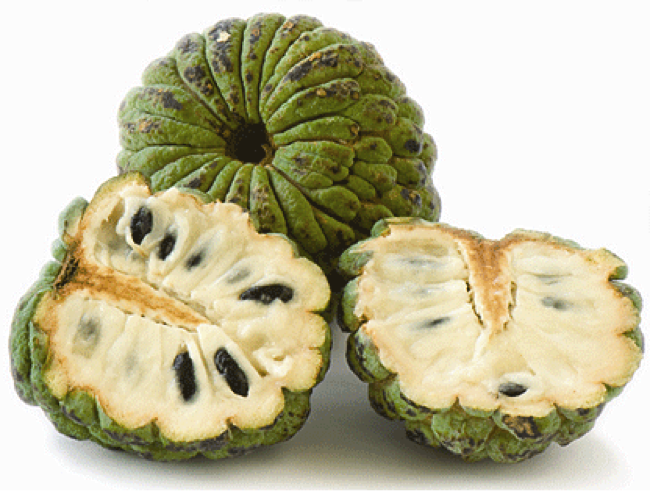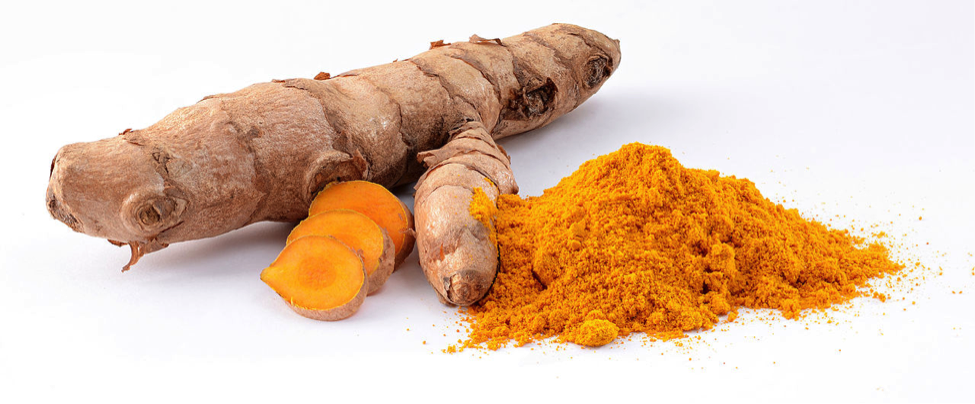
TURMERIC, THE LITTLE KNOW WONDER
While this wonderful plant is not widely known in the western world, it’s well worth knowing about it and making use of it in your regular diet. I’ve been using it and love the earthy flavor as well as the wonderful color it gives everything.
The plant, a member of the ginger family is native to India, Indonesia and some Pacific islands, including Hawaii.
While it’s been widely used in its native areas, Europe and the West had no interest in it until the 20th century when German scientists began studying it.
Turmeric can be eaten raw, mashed into a paste or dried and made into powder form. It must be scraped before use to remove the thin outer skin.
The uses of this wonder plant are too numerous to list here but the most popular ones are:
- To improve digestion
- To eliminate worms
- To normalize menstruation
- To relieve arthritis pain and swelling
- As a topical application for bruises, insect bites or cuts
- As a dye in curries, paper or material
Here are some ways I’ve used turmeric:
TURMERIC TEA (FOR SOOTHING ARTHRITIS PAIN & SWELLING)
- 4 cups of boiling water
- 2 tbs freshly grated turmeric
- 1 cup soy milk ( dairy milk will curdle, hence the soy milk)
- Juice of 1 lemon
- Honey to sweeten
Put all ingredients into teapot or appropriate bowl, let sit for a few minutes, drink while still hot. Drink 1 cup every 4 to 6 hours.
FOR SAUTEEING ANY MEAT
- Use ¼ tsp freshly grated turmeric mixed into whatever you use to sauté your food. You can use more oil/butter and increase the amount of turmeric, pour off what you will not use and save for next time
Turmeric is usually sold in powder form in supermarkets but many ethnic or organic markets now sell the rhizomes as well. They will keep for 2 to 3 weeks in the refrigerator.
I hope you will be adventurous and try using this wonderful plant.
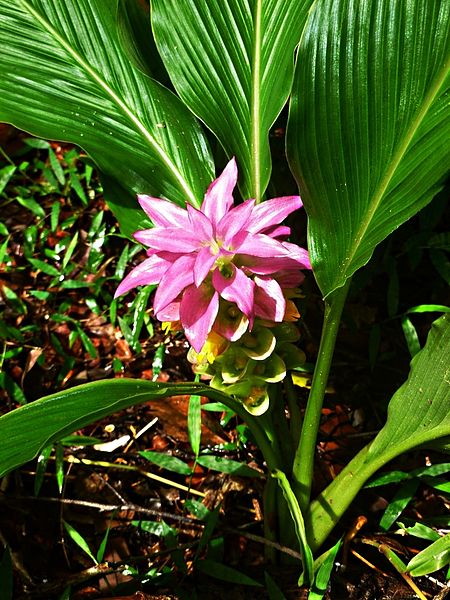
For more detailed information, here are some web sites:
www.wikepedia.org/wiki/turmeric
+++++++++++++++++++++++++++++++++++++++++++++++++++++++++++++++++++++++++++++++
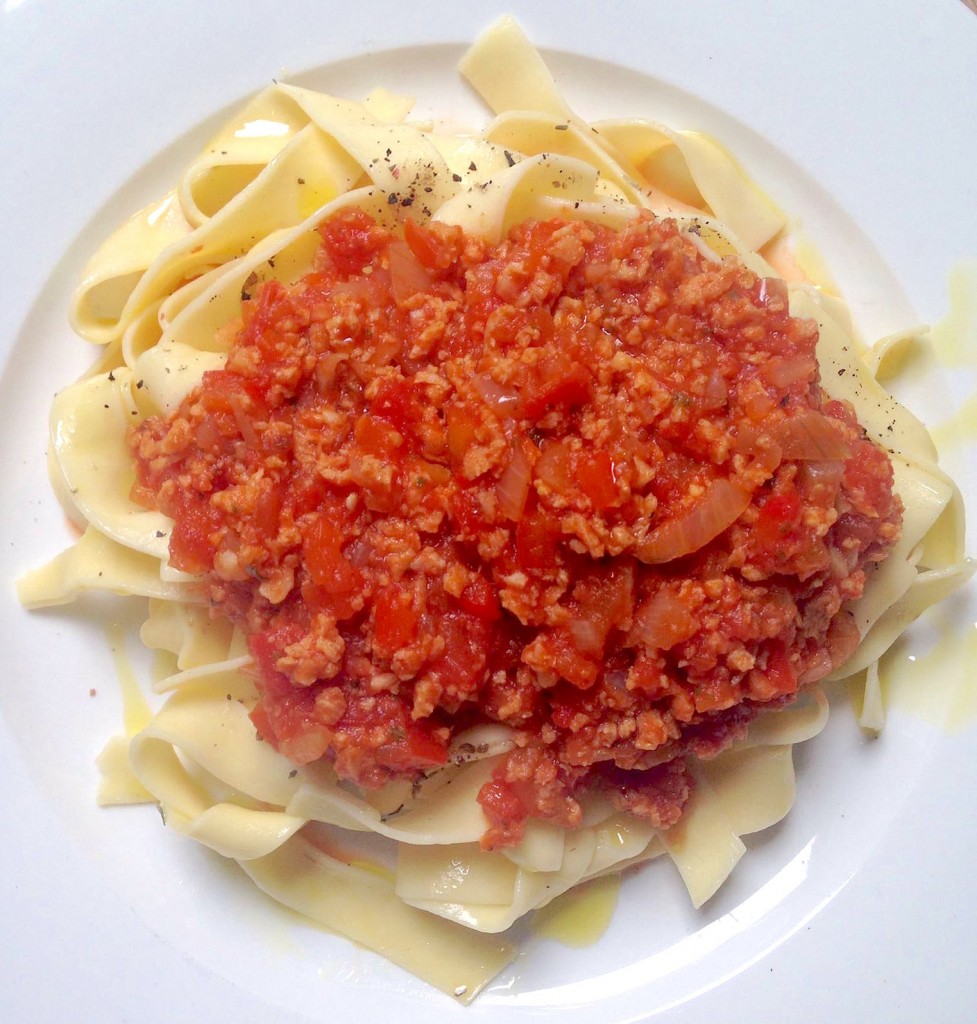
CREATIVE COOKERY – USING SOY PRODUCTS
Recently we had our daughter and several grandkids visiting us here in Grenada. Since some of them are vegetarians, this presented a challenge as to what to feed them; Mac & cheese or my vegetarian version of moussaka? It is a great recipe but what about the rest of the week? Much to my surprise and delight, I found flavored and unflavored soy granules in the supermarket. In actuality, we ate out so often that we only used the soy once.
Our visitors returned home and I was left with soy stuff that I really didn’t want to eat. But since I hate to throw out good food, after staring at the package for weeks, I finally decided to give it a try. Here’s one favorite result of trial and error:
INGREDIENTS:
- 1 cup soy meal granules
- 2 cups water
- Salt to taste
- 1 medium sized onion
- Italian seasoning
- Ground pepper
- 2 medium sized tomatoes
- 1 cup spaghetti sauce ( more if sauce is thinner)
METHOD:
Soak soy meal in water for 15 minutes then cook until soft (10 minutes or so); in a frying pan, sauté onions and tomatoes, add soy mixture, season; add spaghetti sauce.
When you’re done, the mixture is just like ground beef and can be used for spaghetti, stuffed green peppers, stuffed eggplants or anything else you’d use ground beef mixture for.
My hubby and I were very surprised how good this tasted. Next, I’ll try veggie burgers with what’s left of the soy mix.
+++++++++++++++++++++++++++++++++++++++++++++++++++++++++++++++++++++++
CHOCOLATE- WHERE IT STARTS AND HOW IT BECOMES YOUR FAVORITE INDULGENCE
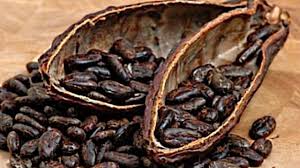
The history of chocolate begins in Mesoamerica around 1900BC. The word “chocolate” comes from the Nahuatle language “chocolatle”. It was introduced to Europe in the early 16th century by Columbus’ son and by the explorer, Hernan Cortez. The Mesoamerican native peoples used chocolate as a drink, often fermented. The Spanish were the first to make the chocolate we know today. From the 17th to 19th centuries, slaves were used for the processing of the cocoa beans to make chocolate, a lengthy, complicated process, largely abandoned in today production which uses modern machinery and equipment.
In Grenada, there are still some plantations that use the old fashioned method. Part of the process is drying the beans. This is done by spreading the beans on very large trays on rails which make it possible to slide the trays under cover when rain threatens. The drying beans have to be turned regularly, still done by estate workers walking around barefoot on the trays.
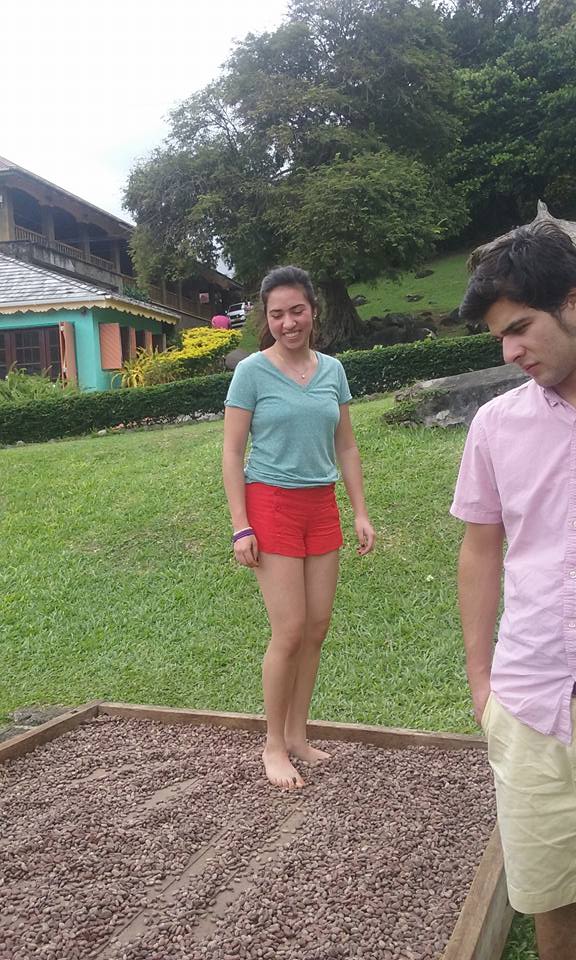
The modern era of chocolate production was introduced by the Dutch in 1815, they were the first to use additives in the production of chocolate
For more detailed information, here are some links:
http://www.icco.org/about-cocoa/processing-cocoa.html
https://en.wikipedia.org/wiki/History_of_chocolate
https://en.wikipedia.org/wiki/Cocoa_bean

++++++++++++++++++++++++++++++++++++++++++++++++++++++++++++++++++
WHEN AN APPLE IS NOT AN APPLE
GRAND GRENADA FRUIT – A SAMPLE OF “APPLES”
There are many fruits in Grenada called by names familiar to us but the fruits are nothing like what we expect with their names. Here’s an example:
APPLES
The Golden Apple. This is a golden colored fruit, hence the name. One eats it by peeling and biting off the slightly tart aromatic flesh. I call this one God’s joke on us, as the large stone on the inside has tough fibrous tentacles that give you a flossing while you eat the fruit.
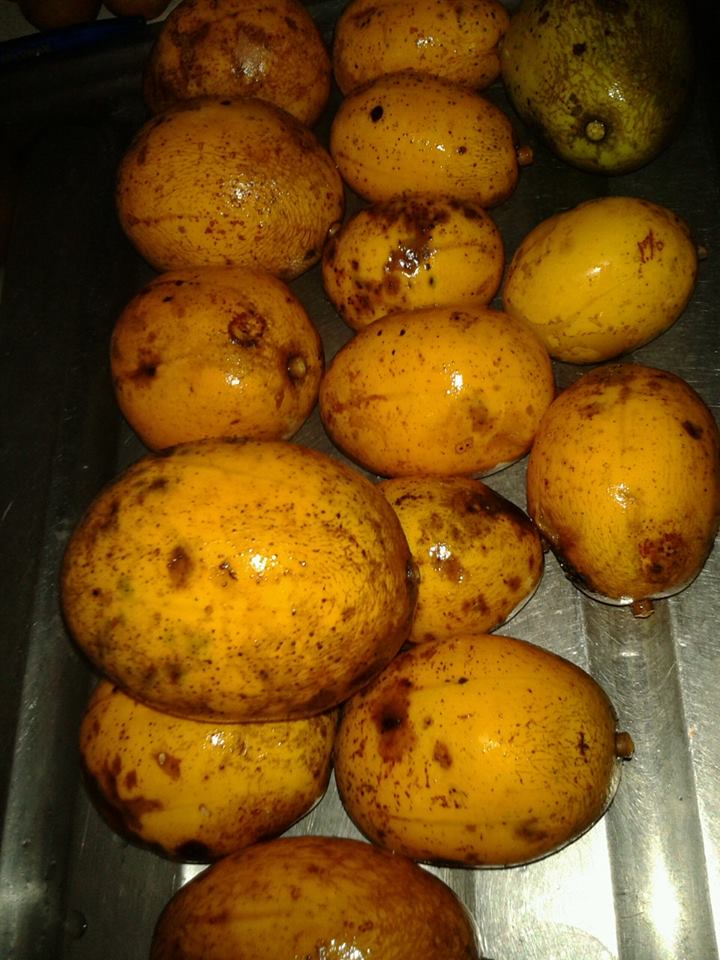
The Mammy Apple. A beige colored fruit, the size of a grapefruit, orange flesh on the inside, sweet tart. Quince is the closest taste in our temperate climes.
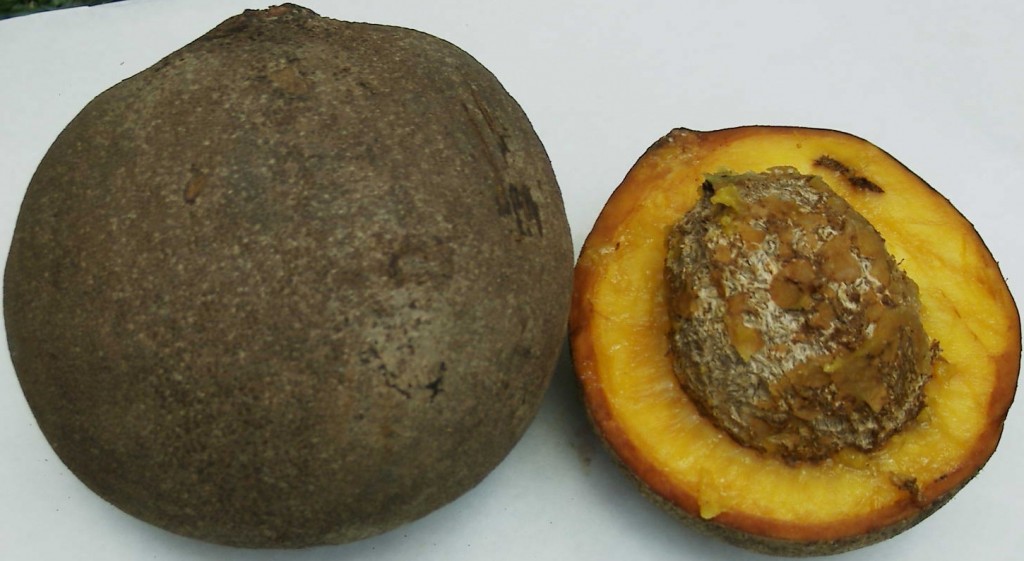
The Sugar apple. Looks a bit like an artichoke on the outside. The inside is a very sweet, delicious white pulp which surrounds many hard black seeds. Have to break it apart and try to scoop out the insides. Takes a while to eat it but worth the effort.
The Star apple. About the size and color of a purple plum. We cut it in ½ and scoop out the inside white pulp which is sweet and usually has 5 seeds arranged in the shape of a star.
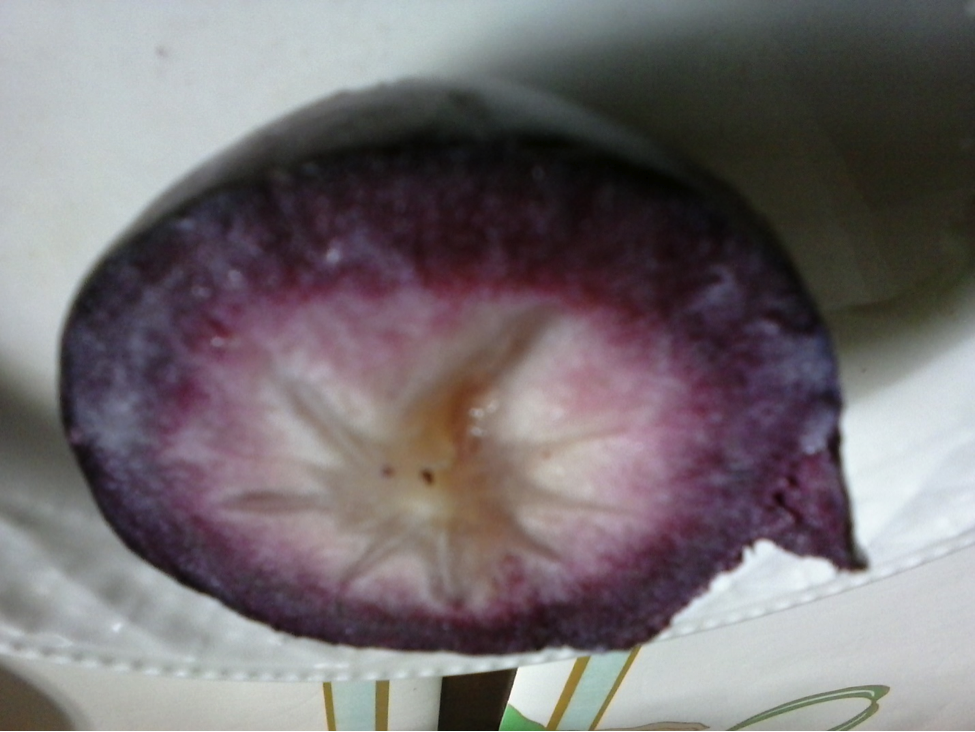
The Wax Apple. Pear shaped fruit, shiny on the outside, a white/ rose color. Not very sweet, crunchy, can be sliced & used as garnish for salads or cheese cake.
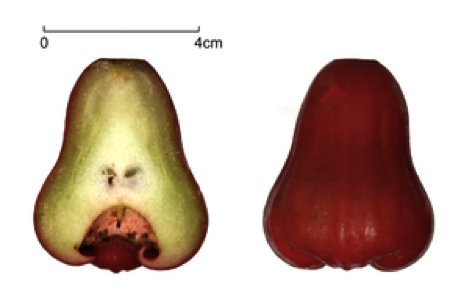
The Chinese Apple. If a tomatillo would be sweet and have no husks, that’s what a Chinese apple looks like. It’s semi sweet & crunchy. We are still seeking an image of a Chinese Apple. Several sources on the Internet suggest that the Chinese Apple is another name for the Pomegranate, but not in Grenada.
